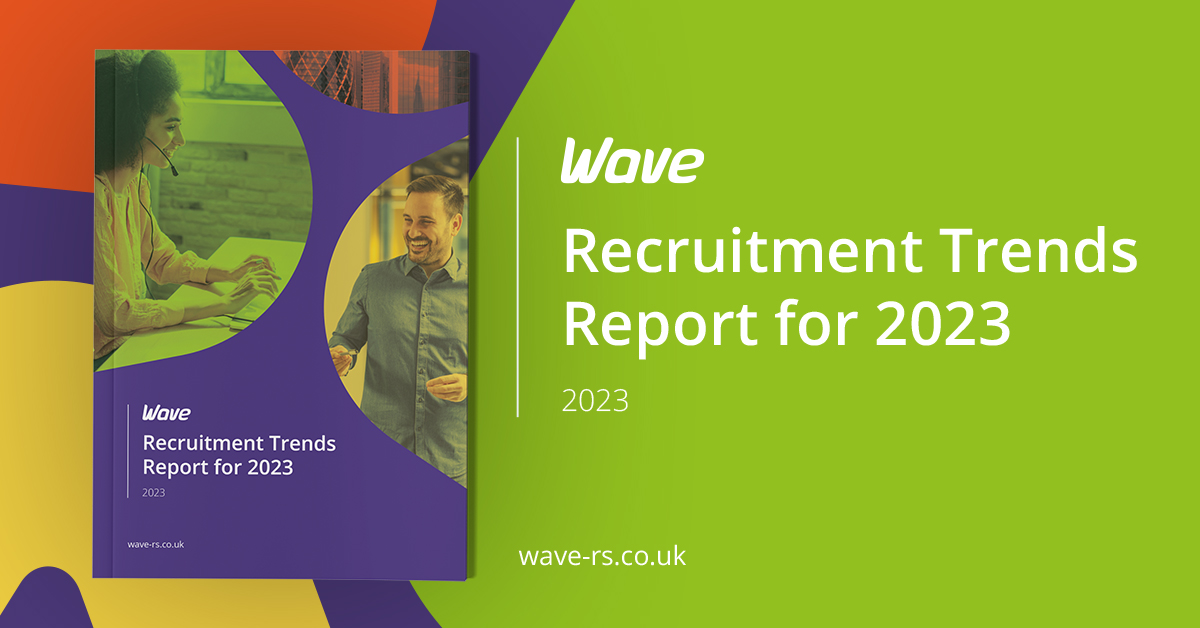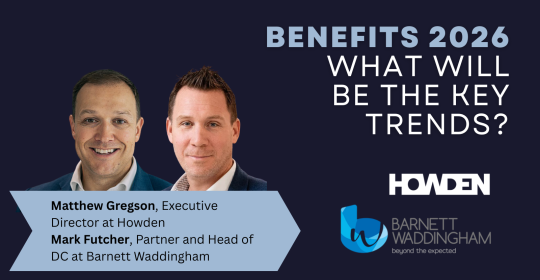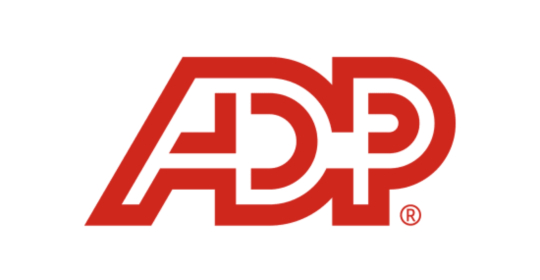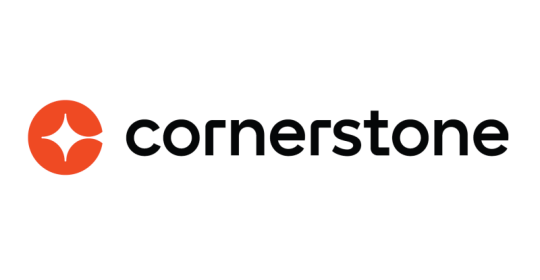2022 was a year characterised by uncertainty and turbulence but how did this affect the jobs market? The Wave Recruitment Trends Report for 2023 uncovers how the recruitment industry reacted to the tumultuous events of 2022. We dig into the recruitment trends that characterised 2022, including how the job market evolved over the year.
Across nearly 100 pages, we’ve broken down a plethora of WaveTrackR data and analysed it to uncover the trends that matter from 2022, investigated how that will impact recruitment in 2023 and, ultimately, give recruiters a competitive advantage. It’s a bumper report packed full of industry insights and a must-read for anyone involved in the recruitment industry.
Data forged from thousands of jobs and applications
As with Wave’s monthly recruitment trends reports, the 2023 Wave Recruitment Trends Report has been formed using data taken from Wave’s multi-poster and analytics tool, WaveTrackR. We have collected and analysed anonymous data from thousands of jobs posted by recruiters via WaveTrackR across the entirety of 2022. This provides us with an overview of the jobs market in that year and allows us to identify patterns and trends in the recruitment industry, as well as enabling us to give a more detailed analysis of individual industries.
Industry insights help recruiters attract talented candidates
Armed with knowledge garnered from the trends revealed by the report, recruiters can form more targeted candidate attraction strategies. Noting patterns in candidate behaviour can be of tremendous value to recruiters when scheduling job posts and effectively managing budgets in order to attract qualified candidates and achieve the greatest ROI. Knowing where and when to post your job ads is an essential component of every recruiter’s talent acquisition strategy.
What to expect
Wave has worked with recruiters for over two decades and we know what information will help to boost your ROI, increase candidate attraction, speed up the entire process, and generally give you a competitive advantage. Want to know which job boards you can expect higher quality applications from? How long your job ad should be in order to increase the number of applications you receive? What day of the week and even time of day you should be posting your jobs to maximise your chances of candidates seeing and applying for them? This is where data can be a goldmine, giving you true insights into everything you need to know in order to improve your candidate attraction strategies. We offer:
- An overview of the economy and the job market in 2022
- Jobs and applications data by week, month and quarter, plus a range of other findings
- Flexible working trends
- In-depth job board data
- Industry trends
- Individual industry data
A few of the key takeaways
- Application numbers grew in the latter half of 2022 at the same time that job posts decreased.
- Candidates are most actively searching and applying for jobs at the beginning of the week, which means that’s the best time to post jobs.
- The vast majority of applications were received within 48 hours of a job being published.
- Job boards accounted for a massive 80% of all jobs posted and 89% of all applications received, proving they are still the most popular platform among recruiters and candidates.
- The majority of jobs posted were permanent and full-time.
- Jobs with flexible working terms in their adverts have increased by a huge 600% from January 2020 to their peak in March 2022.
- IT & Internet posted the highest percentage of jobs and received the highest percentage of applications of all industries, indicating a continued boom.







